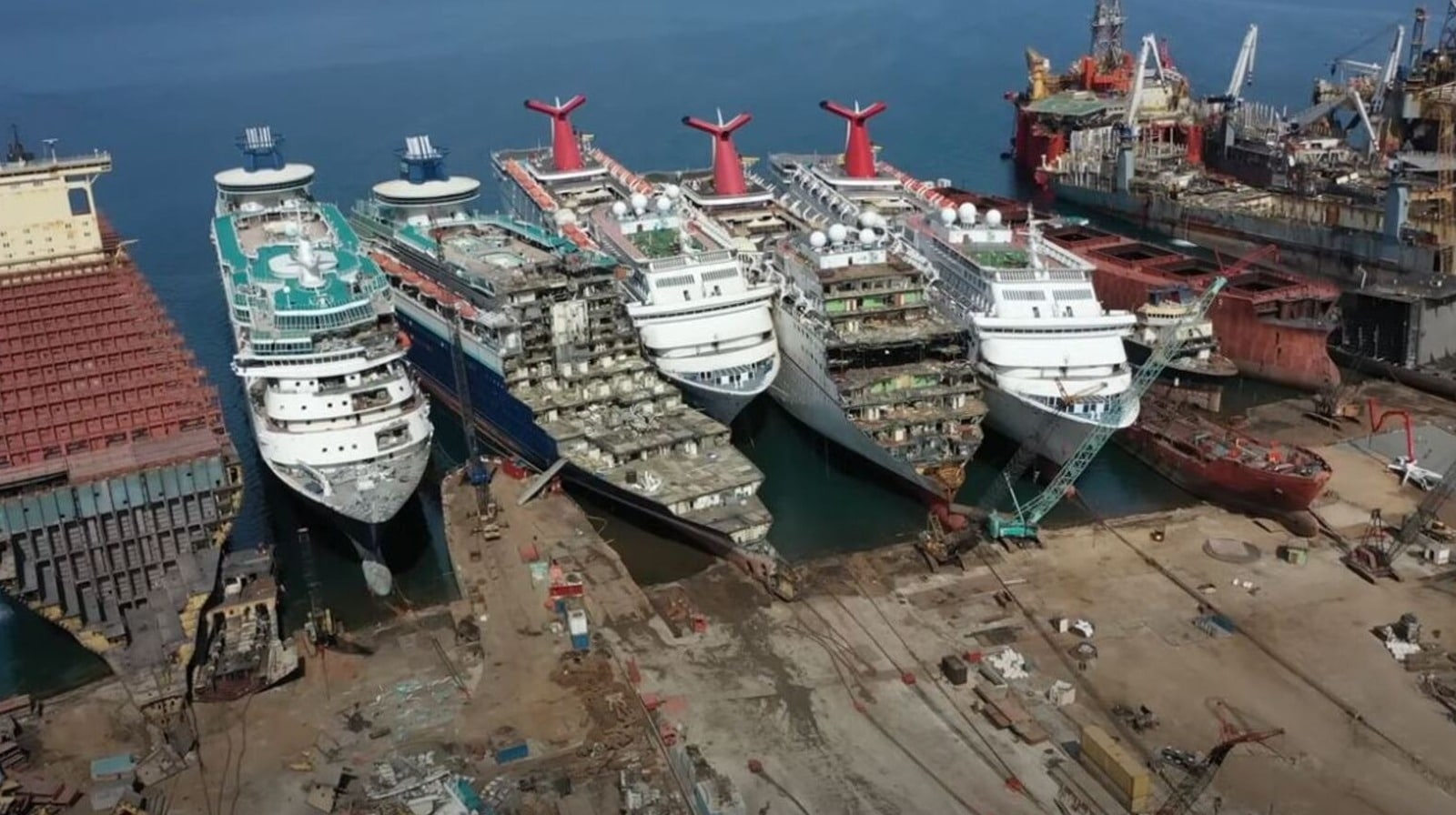Where Is The Largest Cruise Ship Graveyard In The World?
Cruise Ships: From Ocean Giants to Scrap Yards

As of 2023, the global fleet of cruise ships has reached 454 vessels, each offering voyages that can last anywhere from two days to over ten. However, the harsh realities of marine life—such as seawater corrosion, extreme weather, and general wear and tear—mean that these ships have a limited operational lifespan. Many aging vessels are ultimately retired and sent to shipbreaking yards, with the Alang facility in Gujarat, India, being the largest and most notable for dismantling these maritime giants.
Retirement of cruise ships is often due to a combination of factors, including the high costs of maintenance as they age, technological obsolescence, and potential damage from unforeseen events. While the average lifespan of a cruise ship is around 30 years, not all retired vessels are scrapped; some are refurbished and sold to smaller cruise lines for continued use.
Where Old Ships Are Reborn as New Steel
The scrapping process at Alang is labor-intensive and begins with a thorough documentation of the ship and its components. Workers carefully catalog everything, including the powerful engines. The dismantling involves cutting the ship into smaller sections using acetylene torches and other mechanical tools. These pieces are then sorted by material type, such as metal, plastic, and glass. Depending on the size of the cruise ship, the scrapping process can take several weeks to months, comparable to the time it takes to build a new vessel.
Steel constitutes 75-85% of a cruise ship’s total weight, and Alang’s shipyard is capable of recycling about 75% of the steel it processes. This reclaimed steel is reprocessed into finished products like plates and bars, which are utilized in various industries, including construction and shipbuilding. For materials that cannot be recycled or are hazardous, Alang has facilities to manage toxic substances and designated landfill areas.
Scrapping a cruise ship can generate significant revenue, ranging from one to eight million dollars, while selling it as a used vessel may fetch up to $162 million. Despite the economic benefits, the operations at shipbreaking yards like Alang raise concerns regarding human health and environmental safety, highlighting the need for improvements to ensure cleaner and safer practices.
